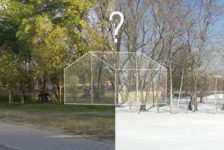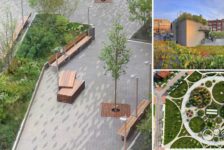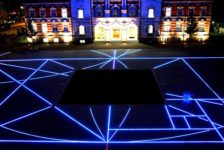Although Taksim Square in Istanbul and Tahrir in Cairo are well on their way to becoming iconic squares of political flavour, here we give you ten existing examples…not necessarily all sites of revolutions but still major players in their respective country’s political, social and historical development. Presenting the stage for public activities that changed the course of their history and shaped their society to what it is today as well as laying down the foundation for the future. 10. Vijay Chowk, The Rajpath, New Dehli
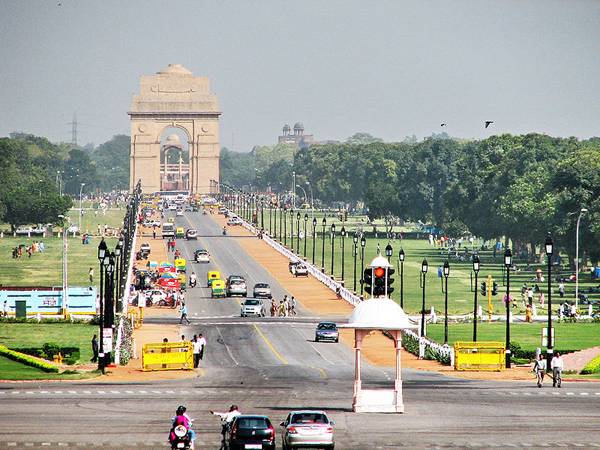
“Creative Commons india gate”. By Seb & Jen licensed under CC 2.0
Part of the city plan for New Delhi by the British architect Edwin Lutyens, the architecture of the square and surrounding area is most definitely colonial, and as such has many political overtones. Now however, it has been reclaimed by an independent India and Victory Square is used to celebrate the end of Republic Day celebrations.
9. Azadi Square, Tehran, Iran 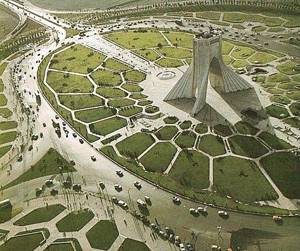
“Creative Commons Azadi Square, Tehran, Iran”. Source travel webshots, licensed under CC
Created in 1971, it was originally named Shayad Square (“Remembrance of the Kings”).Following the Shah’s departure in 1979 it was renamed Azadi – Freedom – Square. It was the site of protests that finally overthrew the Shah and more recently the site of protest against Iran’s dubious 2009 – 2010 elections.
8. Wenceslas Square, Prague, Czech Republic 
“Creative Commons Night View of Wenceslas Square and National Museum, Prague”. By Me haridas licensed under CC 3.0
This square is seen to be at the heart of the Velvet (or Gentle) Revolution in 1989, which started as a student protest and eventually turned into a general movement of discontent across the nation. It resulted in the ruling communist party falling from power and eventually, the peaceful creation of Slovakia and the Czech Republic.
7. Independence Square, Kiev, Ukraine 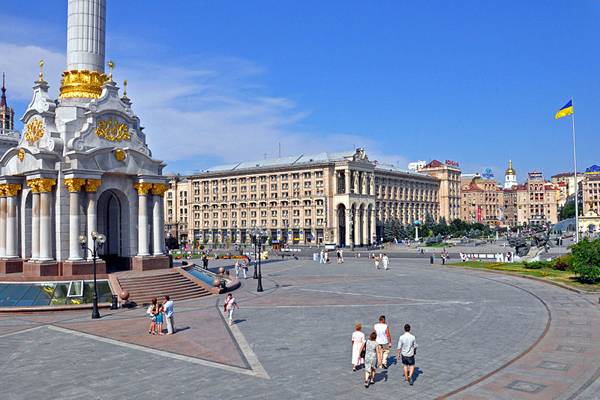
“Creative Commons Night View of Wenceslas Square and National Museum, Prague”. Source Jennifer Boyer, by Anosmia licensed under CC 3.0
Kiev’s Maidan Nezalezhnosti, or Independence Square. On the left is bottom part of the Monument of Independence. Kiev’s central square is most famous for the Orange Revolution. In late 2004, hundreds of thousands of supporters filled the square claiming that their supporter – Viktor Yuschenko – not Viktor Yanukovych, had won. They were wearing orange, the colour of Yuschenko’s Our Ukraine party.
6. Senate Square, Helsinki, Finland 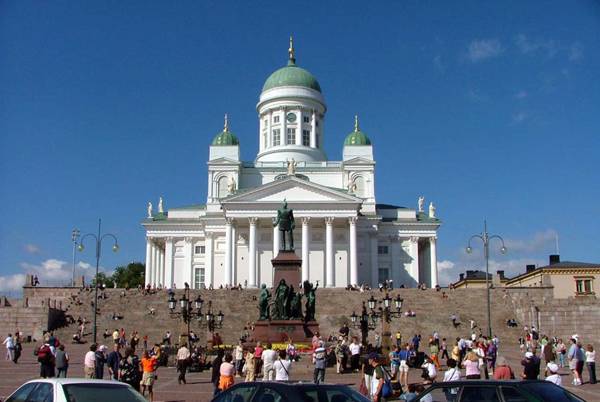
“Creative Commons The Senate Square in downtown Helsinki, Finland during high tourist season in the summer. The Helsinki Cathedral is on the background, and in the middle of the square the statue of Alexander II of Russia can be seen.”.By Jonik licensed under CC 2.0
Senate Square is seen as the pride and political heart of Helsinki, with its grand neo-classical buildings hosting all the main institutions. It holds a variety of events across the year, showing that the political heart of a city can be harmonious with the public domain.
5. Plaza de la Revolución, Havana, Cuba 
“Creative Commons Plaza de la Revolución, Havana. To the left is the Ministry of the Interior building. To the right is an artwork featuring a stylized line-art version of the famous Guerrillero Heroico photo of Che Guevara”.Source Smooth_O, by Martin Abegglen from Bern, Switzerland, licensed under CC 2.0
After the Cuban Revolution in 1959, the Civic Square was renamed Revolution Square and is home to the famous Che Guevara image that loans itself to many a teenagers bedroom poster. The slogan “Hasta la Victoria Siempre” means “Until the Everlasting Victory, Always”.
4. Tiananmen Square, Beijing, China No list of squares would be complete without Tiananmen – the square that symbolizes dissent and authority like no other. The world gasped as ‘Tank Man’ stood in front of a row of tanks on June 5 1989 – after the Chinese military had suppressed protests by force.

“Creative Commons Tiananmen Square”. By Michael Mandiberg, licensed under CC 2.0
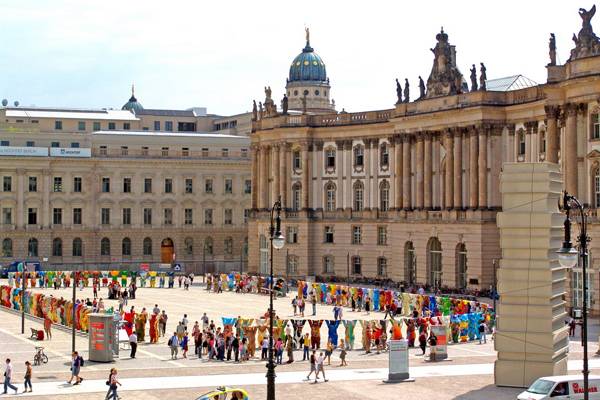
“Creative Commons Buddy Bear Bebelplatz”. By Trabajo propio, licensed under CC 3.0
This is the site of the infamous Nazi book burning. The square contains an incredibly sensitive memorial by Micha Ullman – a glass plate giving a view of empty bookshelves. Moreover, a plaque engraved with a quote from German playwright Heinrich Heine highlights the poignancy of the square. The quote, from 1821, reads, “Where they burn books, they will in the end also burn people.”
2. Paternoster Square, London, UK 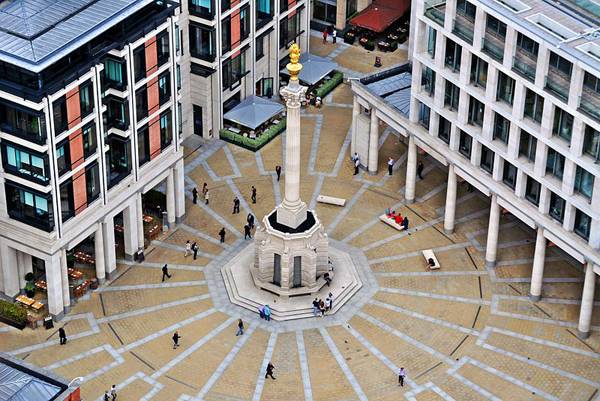
“Creative Commons Paternoster Square in London. View from the Golden Gallery of St. Paul’s Cathedral”. By Eluveitie, licensed under CC 3.0
Home to the London Stock Exchange, back in 2011 Occupy London tried to set up camp and protest in the square. This didn’t happen however because the square is not actually public. Mitsubishi Estate Co, who owns the square, took out an injunction to prevent the public from accessing the square. This shocked much of the world into reassessing the lines between politics, capitalism and ‘public’ space.
1. 9/11 Urban Plaza, New York, USA 
9/11 Memorial site design with Peter Walker; credit: Scott Renwick
One of the most prominent political plazas ever. Of course there is more to the 9/11 plaza – it is a space of profound personal resonance. It is however very much a part of America’s – and indeed most of the worlds – political narrative. Furthermore, its development was hindered by local politics itself – a reminder that our public spaces are intricately bound up in politics and those that govern them. Ok, admission time –
just like Paternoster Square, some of the other squares in LAN’s Top 100 Squares Series are not actually public – rather they are POPOS. That is to say,
privately owned public open space. The fragility of public space has been discussed in such books as
Anna Minton’s Ground Control and
Privately Owned Public Space : The New York City Experience
. The above ten cases show how important it is to have true public space – not just in case we need to overthrow a revolution (!). As citizens we need that space to help us speak – through memorials, protest or however we like. Public spaces are
your spaces. They are
your right and they are
your inheritance just as much as the trees and countryside are! Get out there and enjoy/fight for them! Article written by Sonia Jackett.
Published in Blog












